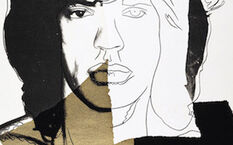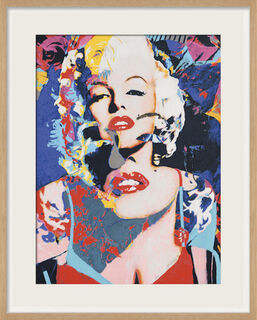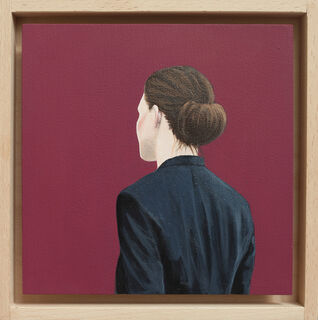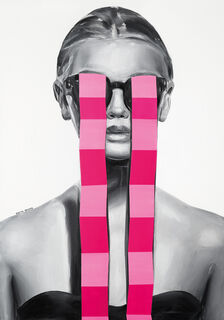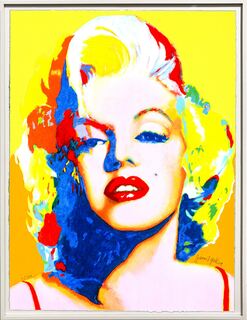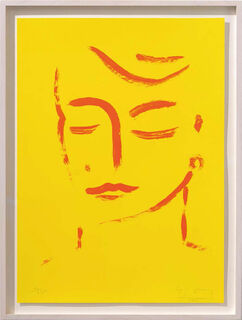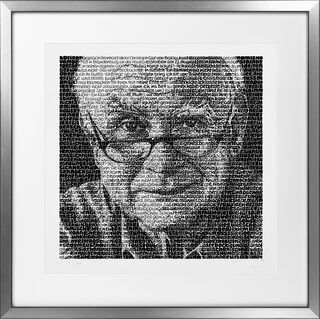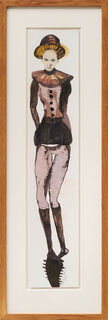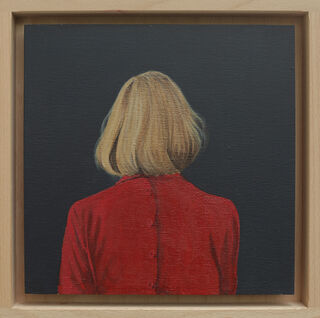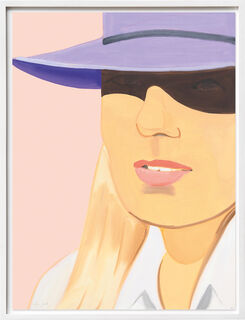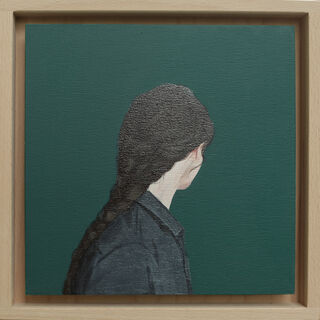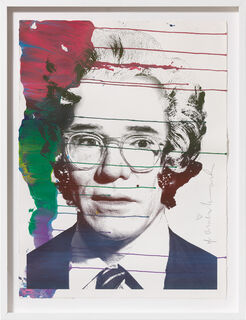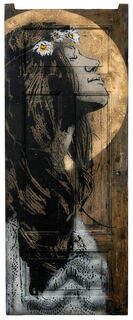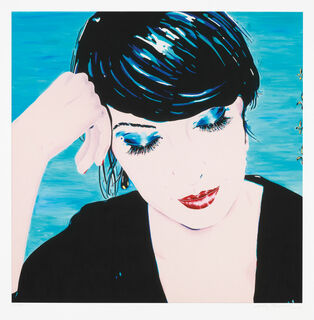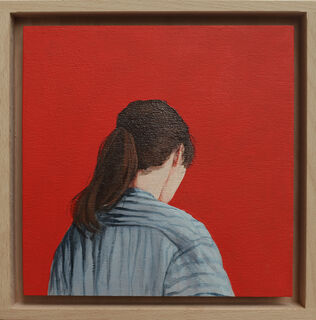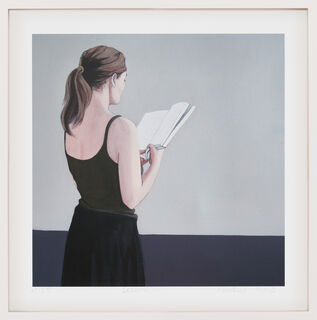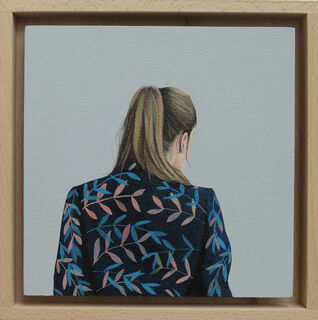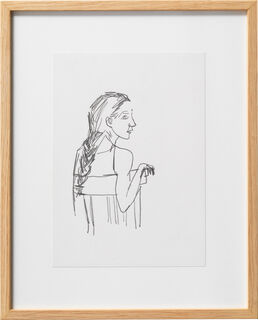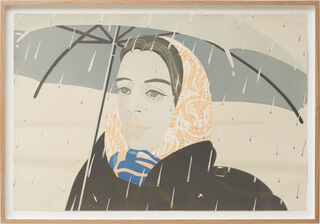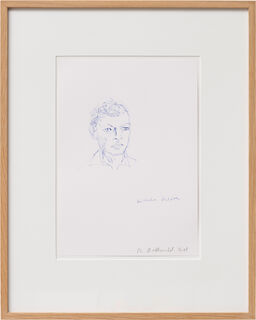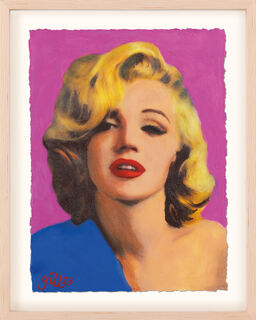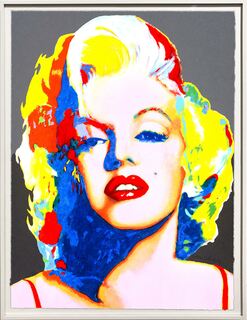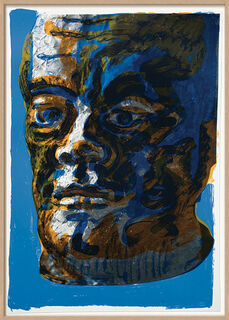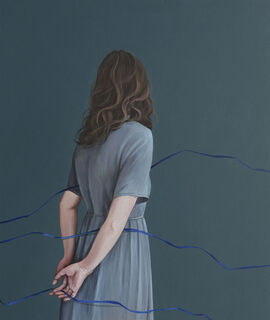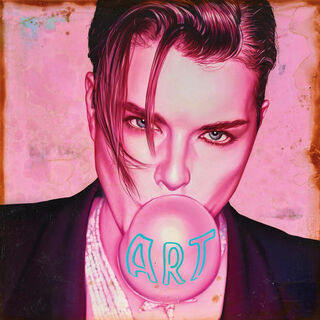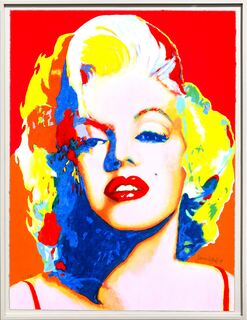Portraits - A Glimpse into the Mirror of the Soul
Faces have always been considered mirrors of the soul. Often, just one glance is enough to gain an impression of someone's character. Therefore, it is not surprising that the human portrait has always been the supreme discipline of artists throughout history.
The Latin origin of the word "portrait" - pro-trahere, meaning to draw forth or bring to light - suggests that such a work contains more than just the visual likeness of the portrayed person. In a successful portrait, the artist is able to articulate the inner qualities and emotions of the subject. This subtle humanity, which requires no words, can also connect such diverse images as those of a secular potentate and the Virgin Mary.
However, artists themselves also immortalized themselves in their artwork. From the multitude of self-portraits by artists of all styles, one can sense the search for their own identity. Their faces look amused or frivolous, sometimes serious, thoughtful, or stern into the eyes of the viewer.
The different moods communicated through such a human likeness inevitably affect us - regardless of our background. A facial expression, a glance, or a gesture are universally understandable codes. They convey a mindset and, therefore, individual perspectives on qualities such as beauty, wealth, taste, rebellion, or other attributes of the depicted person.

